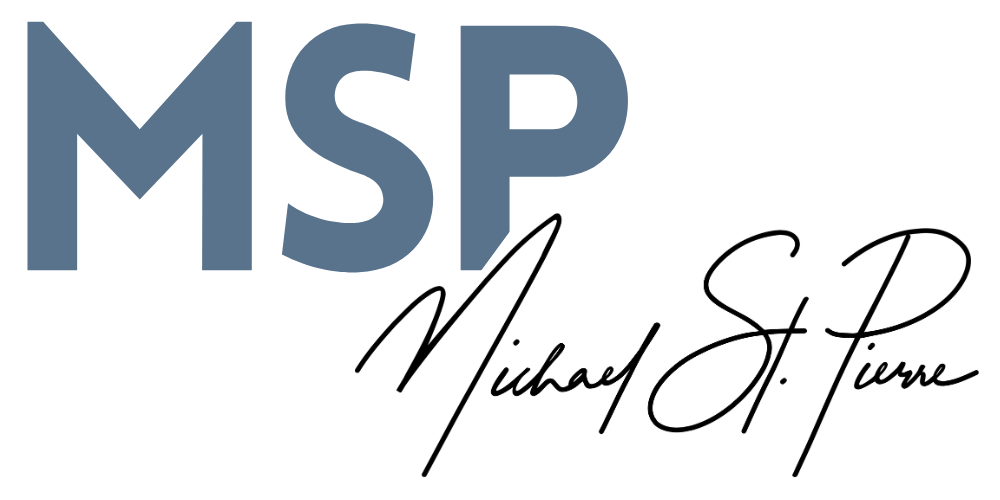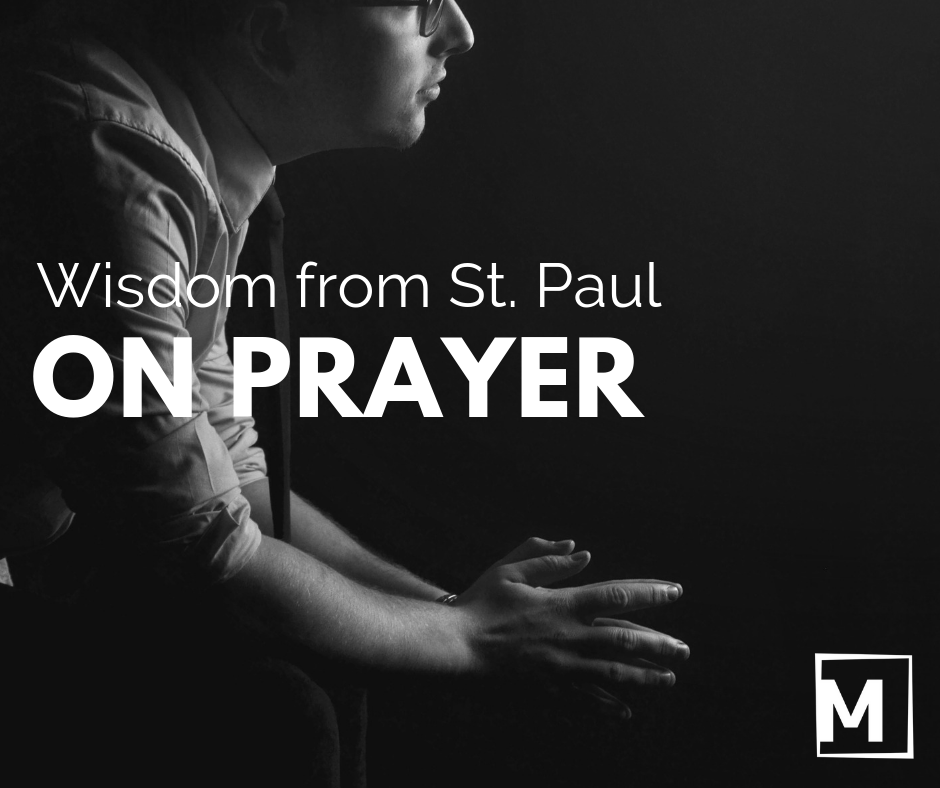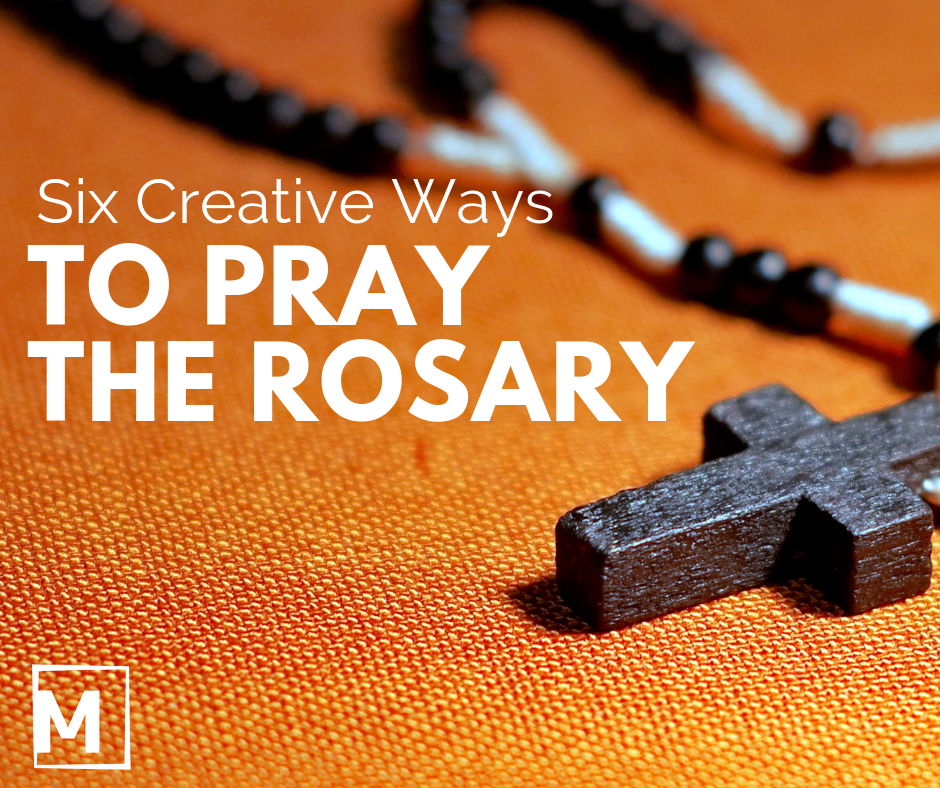I can’t imagine a year starting without a sense of hope. Hope for better fitness, hope for a simpler lifestyle, hope for new breakthroughs at work.
Psychology Today reports that many people start off the year with great optimism but, sadly, find it fading away just a few weeks later.
It’s not as if the resolutions themselves are bad. Who wouldn’t want to have 6-pack abs or more financial margin?
Rather, it’s that we often lack the structure needed to truly activate a new habit. In the case of prayer, it’s really about three things:
• Visualization: the most important question I ask people when we talk about prayer is this, “If you could take 5 minutes to pray, what would that look like?” There is great power in imagining yourself alone, in a corner with a Bible in your lap. Or, alone, in a Church with your eyes closed and no one around. You get the picture. The key is to have a picture for yourself. This is like putting your handprint into cement- it leaves a mark.
• Rituals: more than just routines, rituals are repeated actions with God in mind. A morning prayer ritual is different from a morning routine like brushing your teeth. A morning prayer ritual might include a phrase, a quote, a reading, a journal, etc. The ritual forms a mindset of “something bigger is happening here”. The ritual, as Fr. Ronald Rolheiser says, “carries you” when you don’t feel like praying.
• Momentum: with a prayer time visualized and then rituals being put into place, God will build spiritual momentum in you. This momentum is vital for God’s insights to show up, God’s messages to be heard and God’s nudgings to be felt. It’s often after the fact that you see that God had been at work. Momentum makes this possible.
Can you imagine a daily prayer time in your new year? For me, the routines are in place and my foundation is steady. Now, it’s time for me to ask God what He wants to do next.
Maybe it’s time for you to do the same.
Liked This Article?
Join my email list and you’ll receive this free PDF worksheet on daily prayer.








